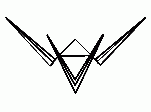A Brief History
The West Virginia Association for Cave Studies (WVACS) was founded by cavers from Charleston, W. Va., in 1961 who wanted to explore and study the Great Savannah caves of Greenbrier and Monroe Counties. WVACS quickly became the dominant organization doing exploration work, as well as surveys, ridge walking, and dye traces within the Greenbrier Valley.
For many years, members of WVACS made use of a farm house on the premises of a large commercial farming operation known as Kathy’s Farm. The need for a new, larger place of operations was recognized in the early 1980s. The Richmond Area Speleological Society (RASS) generously provided $20,000 toward the purchase of six acres atop a flattened spur of Butler Mountain in northern Greenbrier County. A cozy, one and one-half story building was constructed on the site. The location was chosen in part because of beautiful views of Butler Mountain, but it is no coincidence that caves, including Buckeye Creek Cave, surround the spur. Years later WVACSers dug open a small cave on the property and, aptly, named it WVACS Cave.
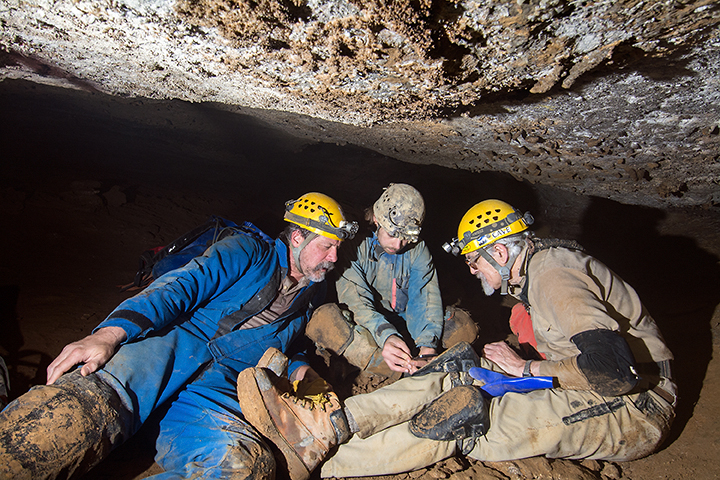
The late 1980s saw WVACS benefit greatly from another act of generosity. Bob Handley, a founding member of WVACS, was then an employee of Union Carbide. He became aware that Union Carbide was replacing a one-story building. Bob asked and was given permission to take possession of the building on behalf of WVACS. The building was carefully disassembled, transported to WVACS, and reassembled. The “new” building is twice as large as the old building and contains a large meeting room among many other rooms. Today, by default, the buildings are referred to as Big Building and Small Building. Not creative, but definitely descriptive!
The addition of the second building substantially improved WVACS’ mapping, research, educational, and meeting capabilities. Significantly, roughly 75 cavers can now be hosted and many more can camp on the surrounding land (most of which is lawn.) Many of the organizations 170 members meet for social events as well, such as the popular annual Christmas Party, held the second weekend of December every year. In 2015 the WVACS Classic was brought back after a couple decade hiatus. The Classic is a weekend event in the summer to showcase and teach skills needed for project caving and exploration; things like: reading survey instruments, sketching, digging and single-rope technique for vertical caving. WVACS also allows Grottos to use the property for their annual parties and caving adventures. Even the “Young Timers Reunion” has been held at the Fieldstation.
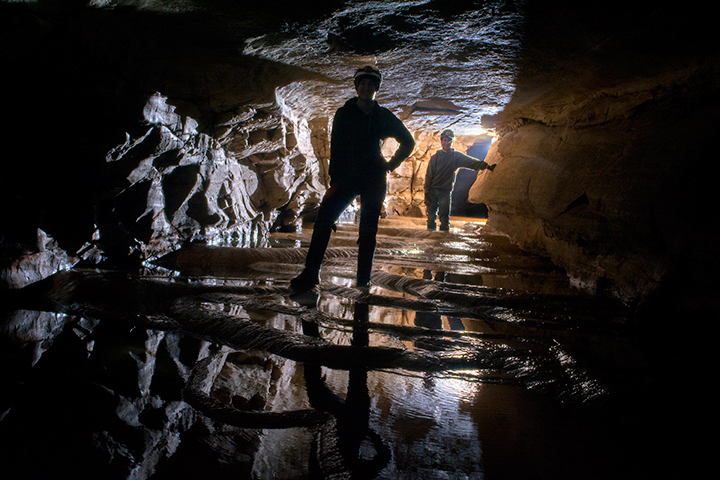
WVACS in Action
WVACS has mapped some of the longest caves in West Virginia, including: Organ Cave, Ludington Cave, McClung Cave, Wades Cave, Benedicts Cave, The Hole, Bone-Norman and Culverson Creek Caves.
WVACS members have contributed to the survey of at least 350 miles of cave passages in West Virginia, and many more throughout the country and around the world. WVACS teamed up with the West Virginia Speleological Survey to publish a large bulletin in 1994 that takes a comprehensive look at the caves and karst of the Buckeye Creek watershed. Another publication, the Culverson Creek Bulletin, which was published in 2018, includes the first detailed map of the cave of the same name. The most recent publication is Bulletin 24, published in June 2020 — The Caves and Karst of Western Greenbrier County. Additional bulletins are in various stages of preparations.
As an institution, WVACS actively promotes research. The facilities are made available to scientists, including graduate students who have lived at the Fieldstation for months at a time. Students can now apply for grants too. As a part of this process, we attempt to encourage and support the collection of important speleological information as well as its dissemination through publications and newsletters.
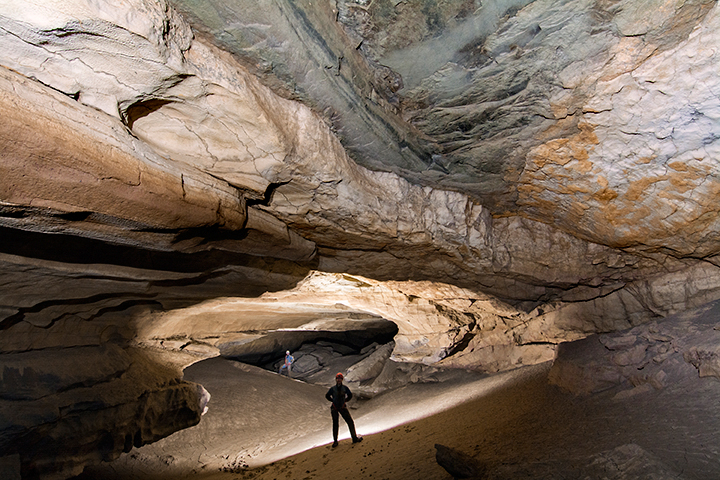
Bone-Norman Cave System - Photo by Nikki Fox
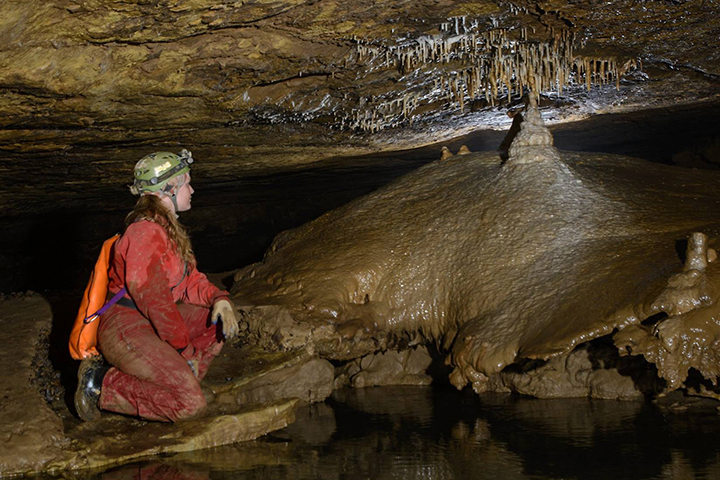
Norman Cave - Photo by Ed McCarthy
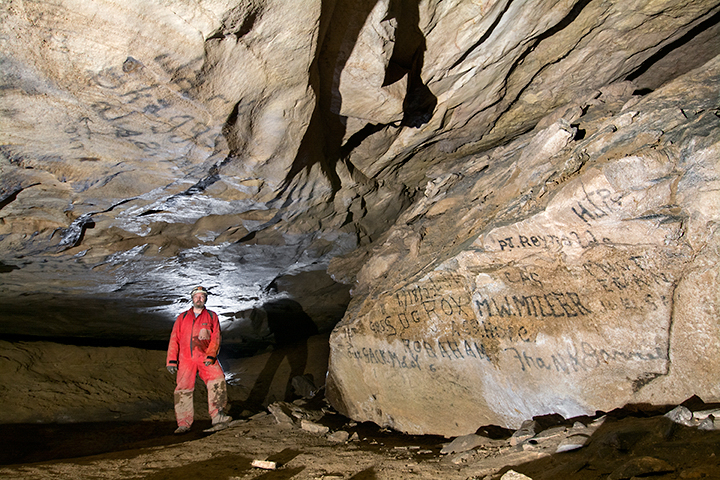
Lost Cave - Photo by Nikki Fox
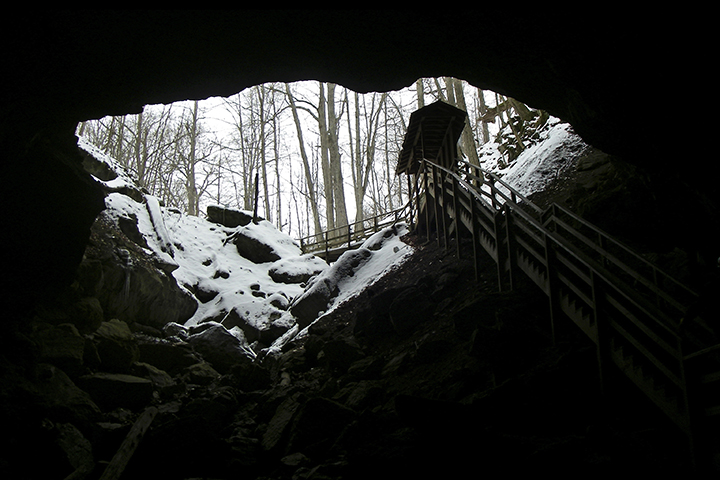
Organ Cave Entrance - Photo by Nikki Fox
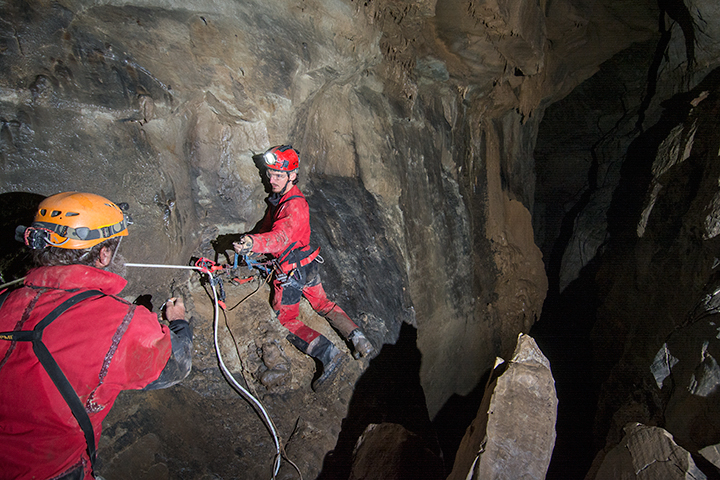
Stove Cave - Photo by Nikki Fox
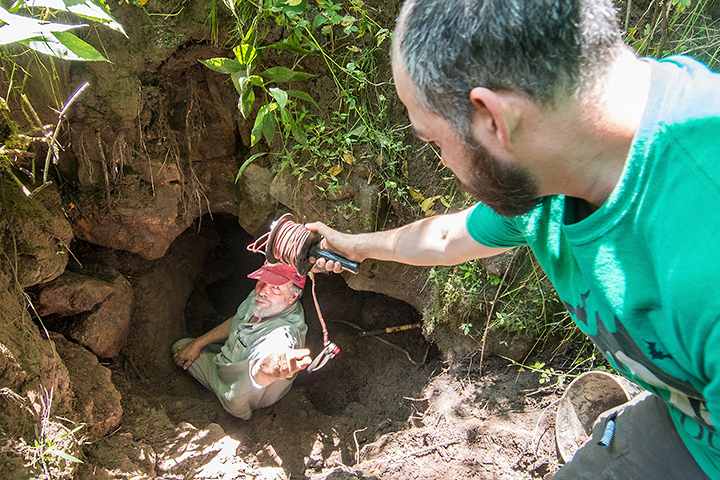
Sinkhole Dig - Photo by Nikki Fox
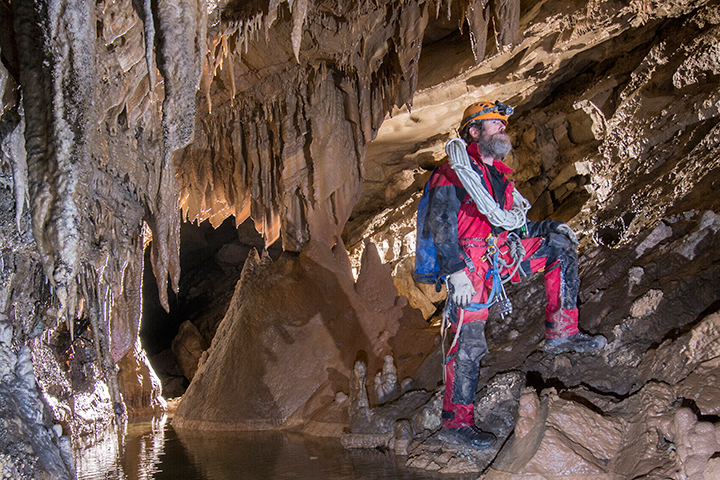
Stove Cave - Photo by Nikki Fox
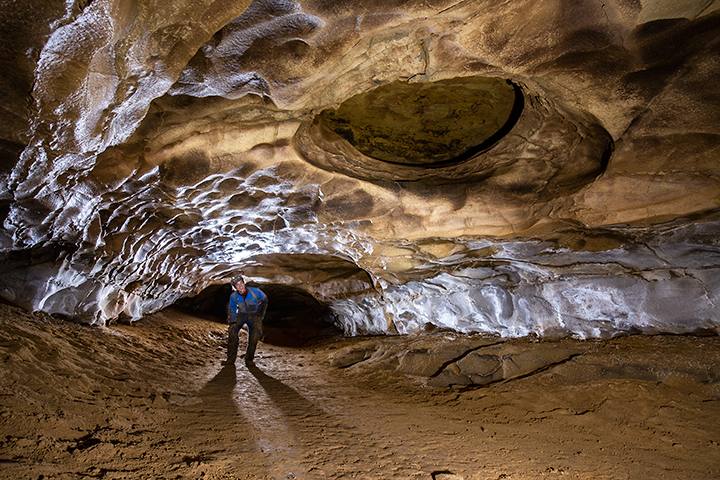
Norman Cave - Photo by Ryan Maurer
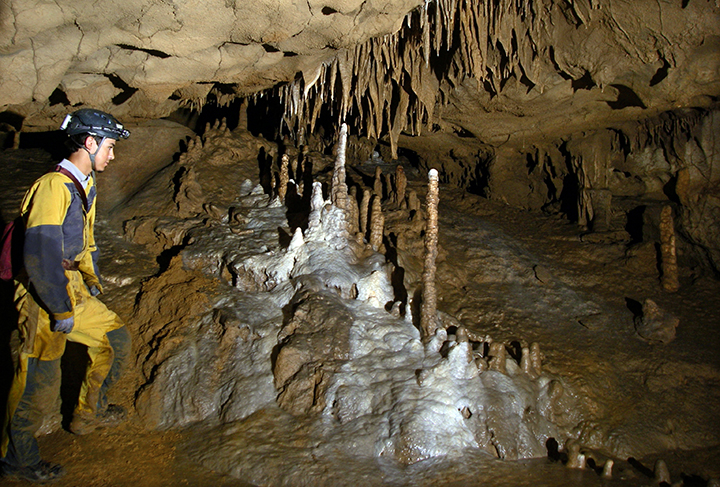
SSS, Culverson Creek Cave System - Photo by Nikki Fox
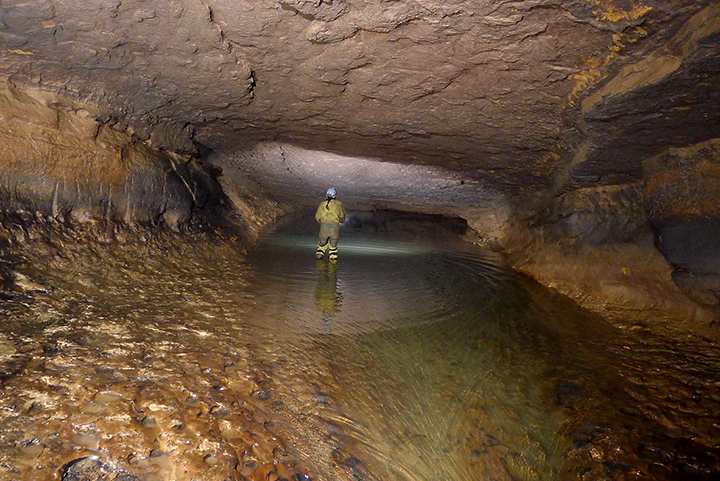
Savannah Cave Sump - Photo by Zeb Lilly
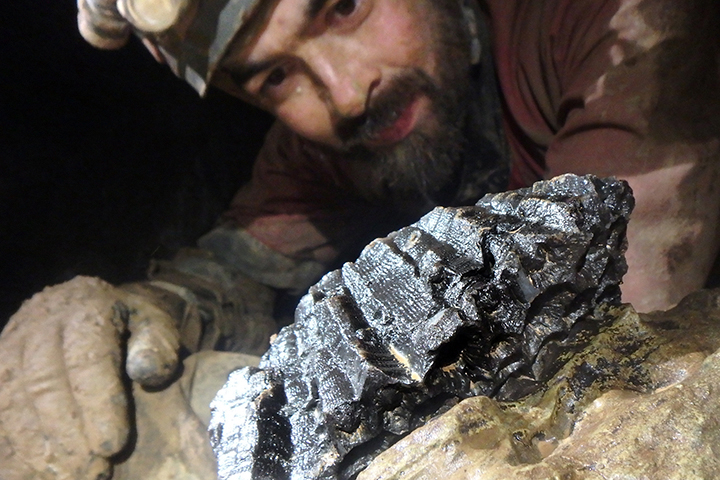
Ludington Cave - Photo by Nikki Fox
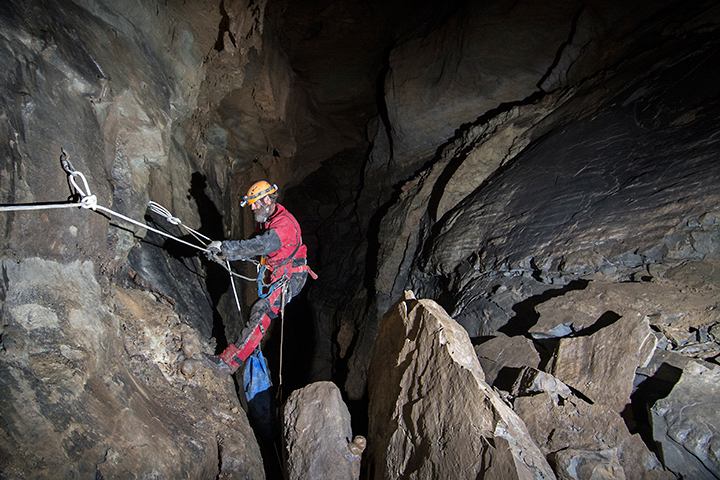
Stove Cave - Photo by Nikki Fox
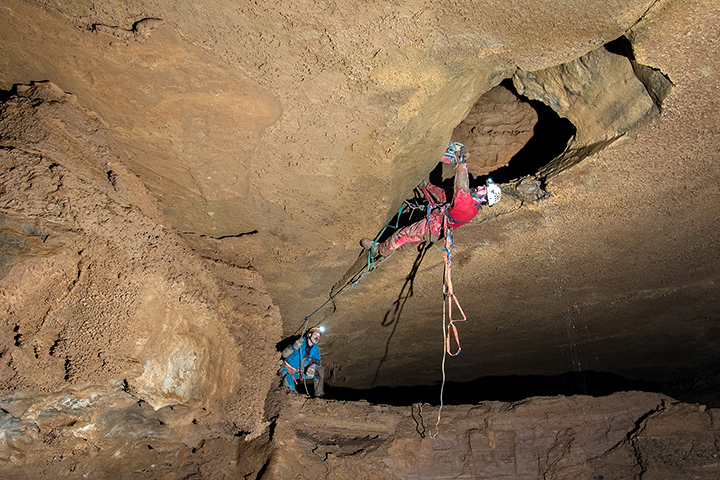
Boarhole Cave Aid Climb - Photo by Nikki Fox
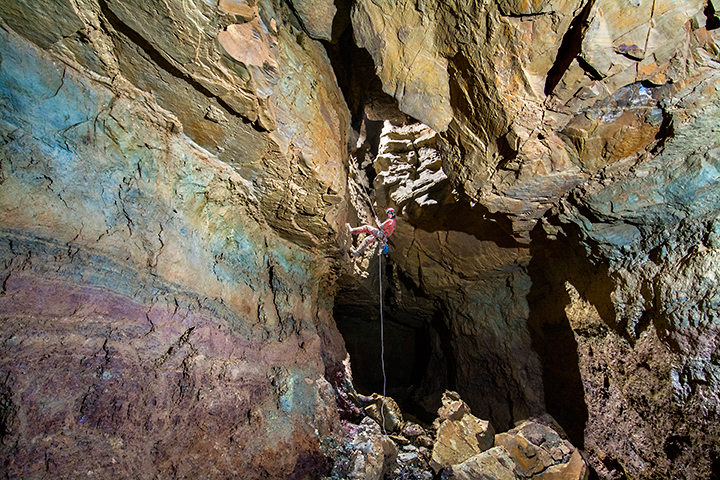
Benedicts Cave System, Persinger and Benedict Connection - Photo by Nikki Fox
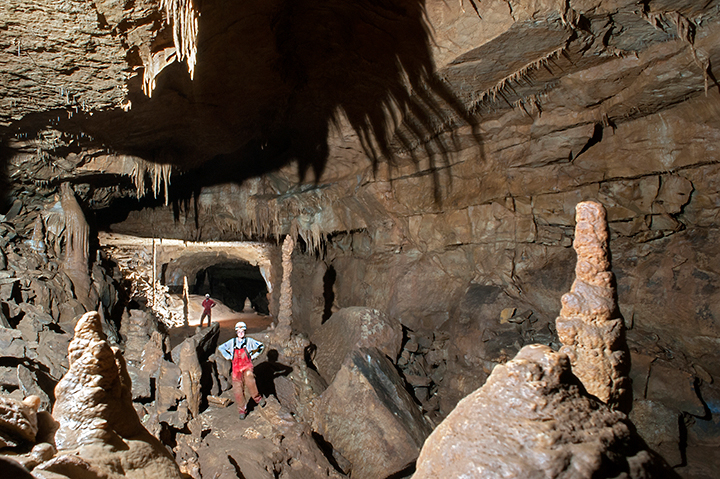
Norman Cave Dry Extension - Photo by Nikki Fox
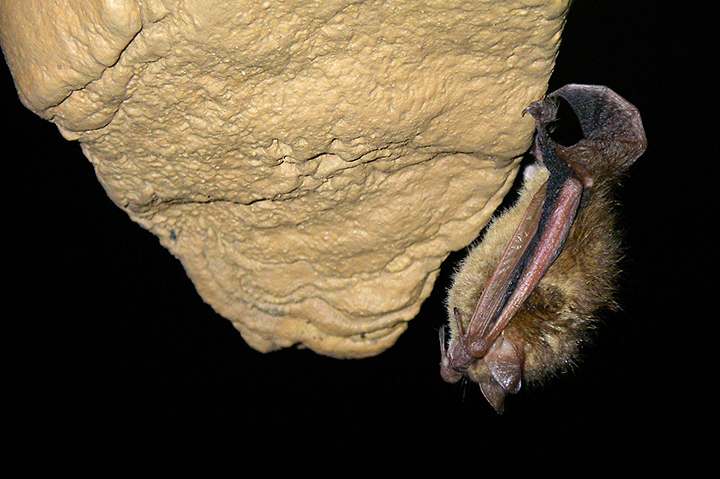
Tri-colored Bat - Photo by Nikki Fox
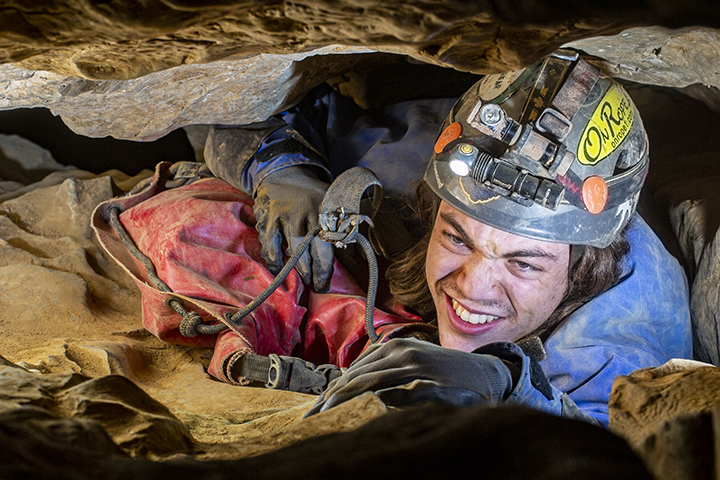
Bone-Norman Tight Crawl - Photo by Ryan Maurer
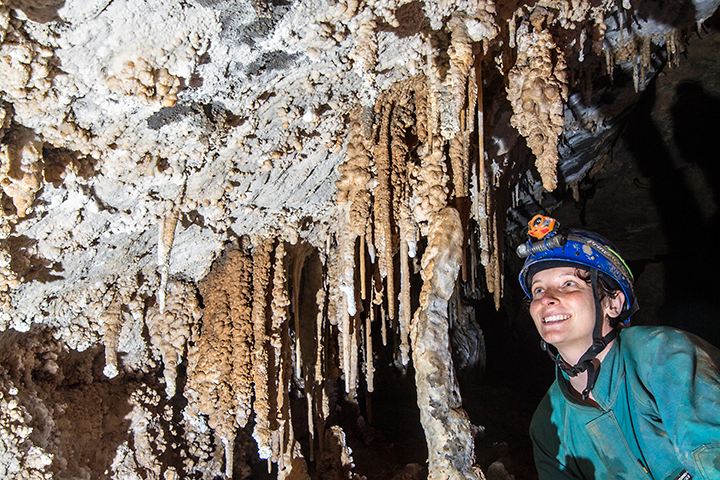
Norman Cave - Photo by Nikki Fox
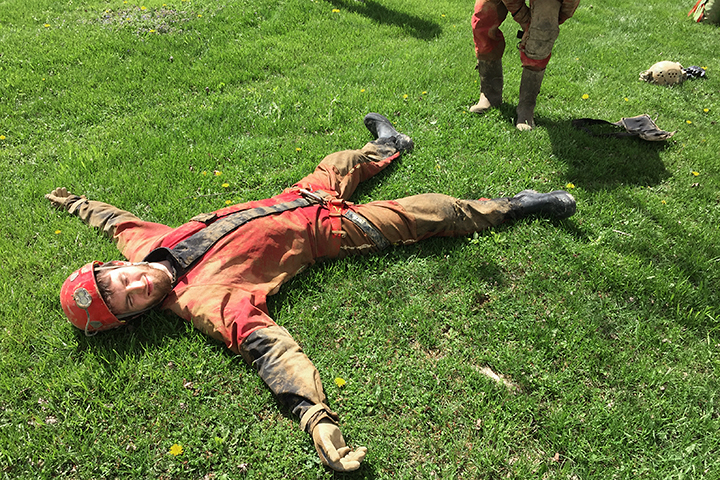
Tired Caver - Photo by Nikki Fox
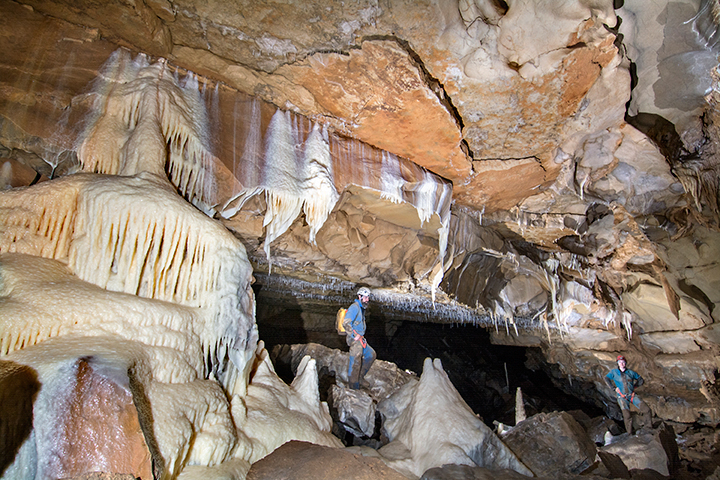
Bone-Norman Cave System - Photo by Nikki Fox
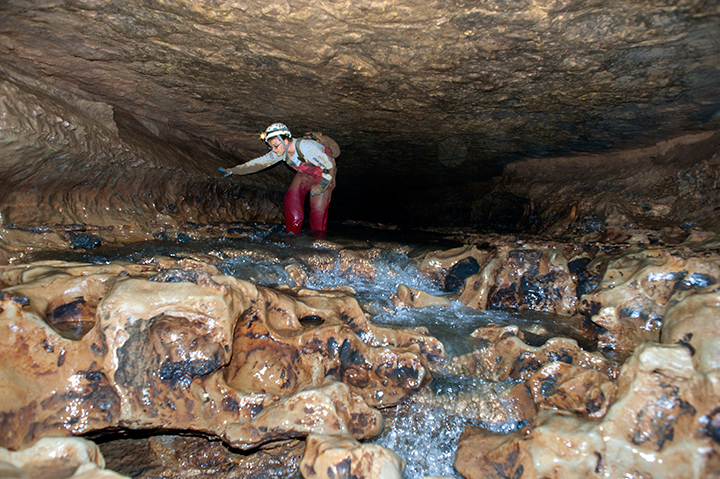
Norman Cave - Photo by Nikki Fox
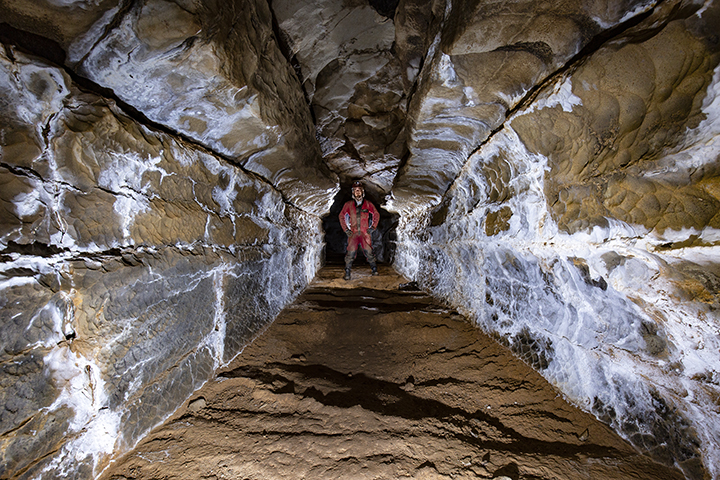
Bone-Norman's Great White Way - Photo by Ryan Maurer
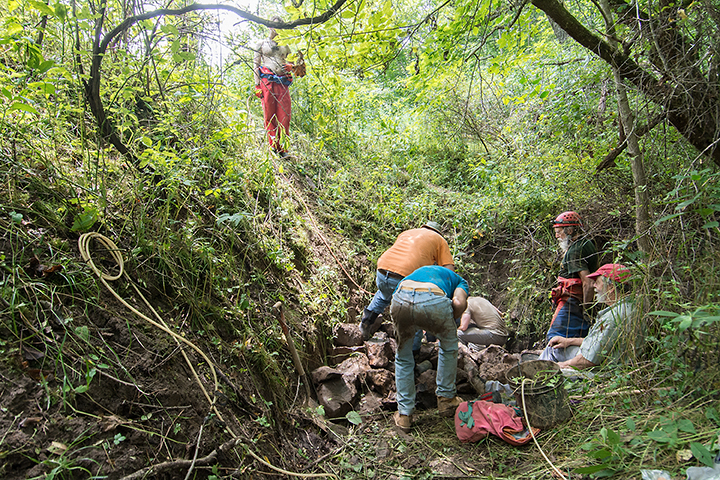
Sinkhole Dig - Photo by Nikki Fox
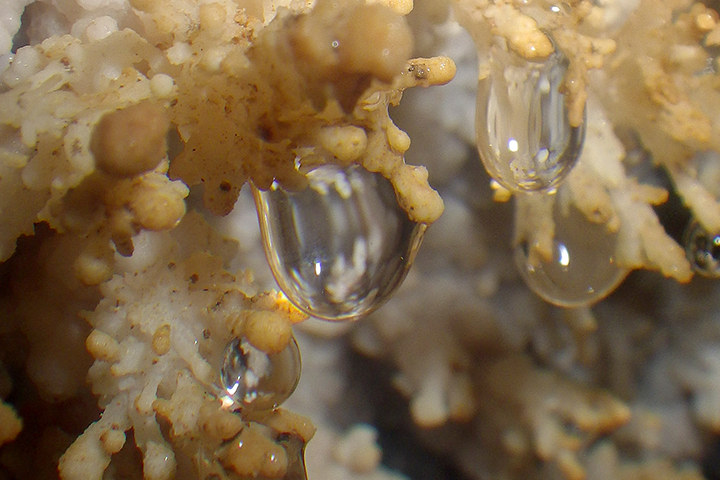
Dry Cave - Photo by Nikki Fox
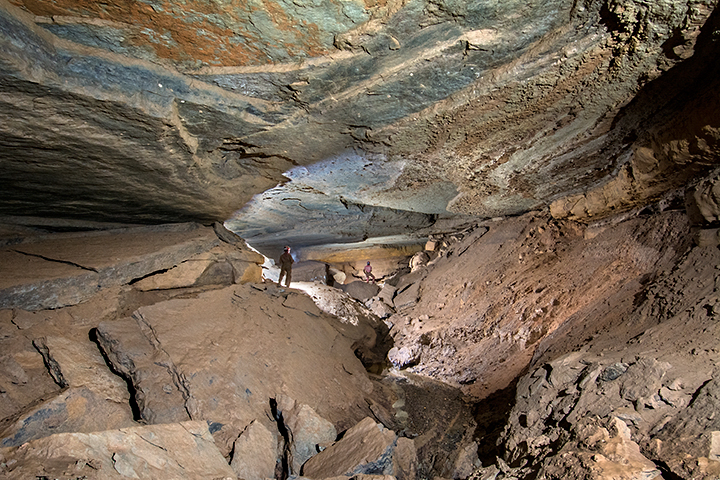
Benedicts Cave System, Sinking Creek - Photo by Nikki Fox
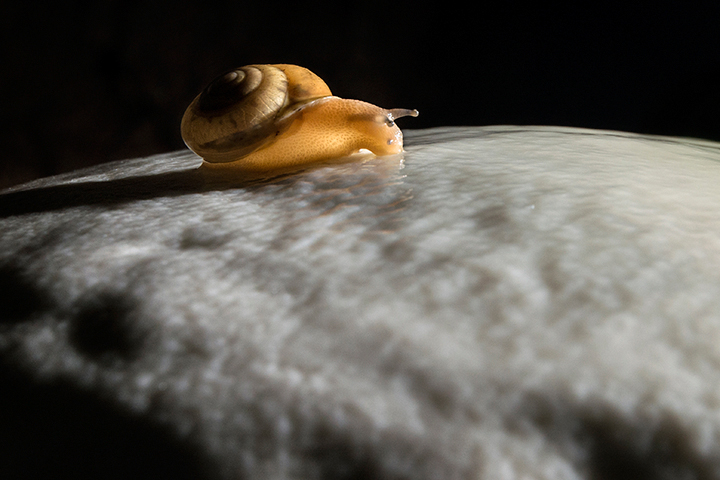
Snail on Flowstone - Photo by Nikki Fox
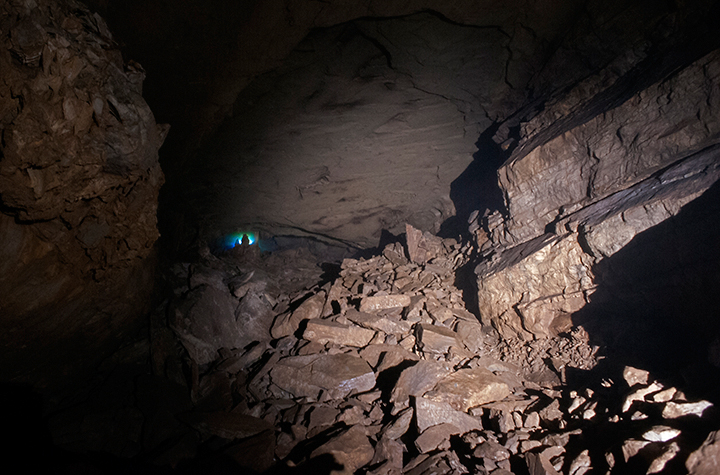
Norman Cave Entrance - Photo by Nikki Fox
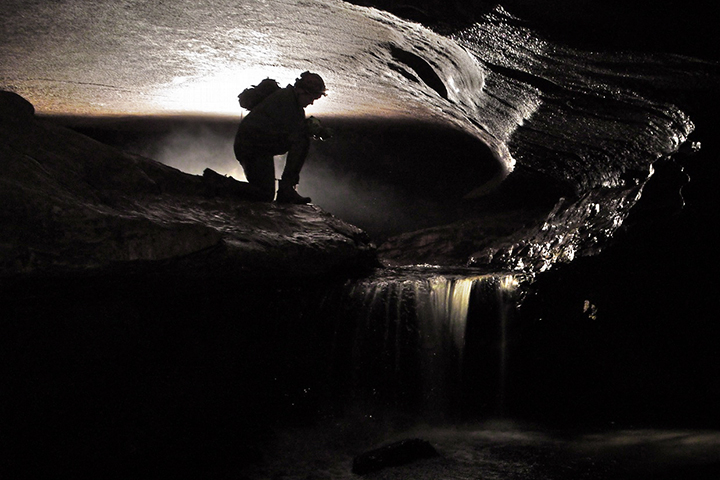
Bone-Norman Cave System - Photo by Nikki Fox
